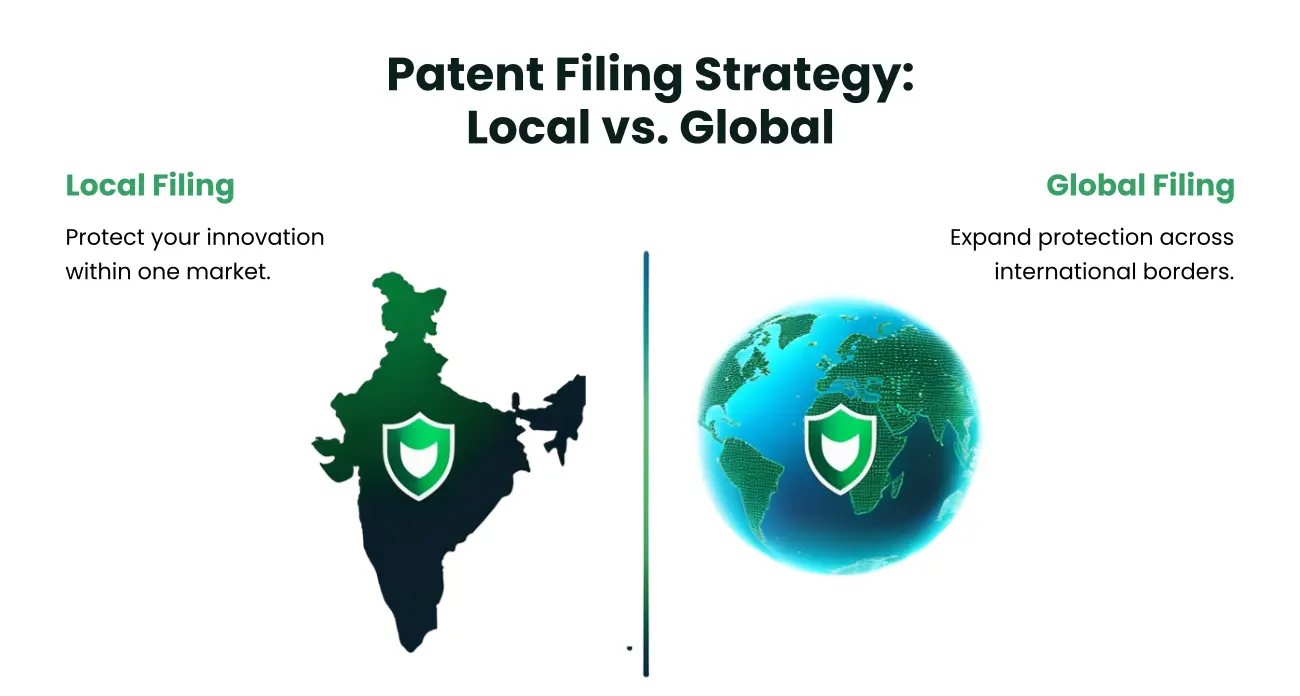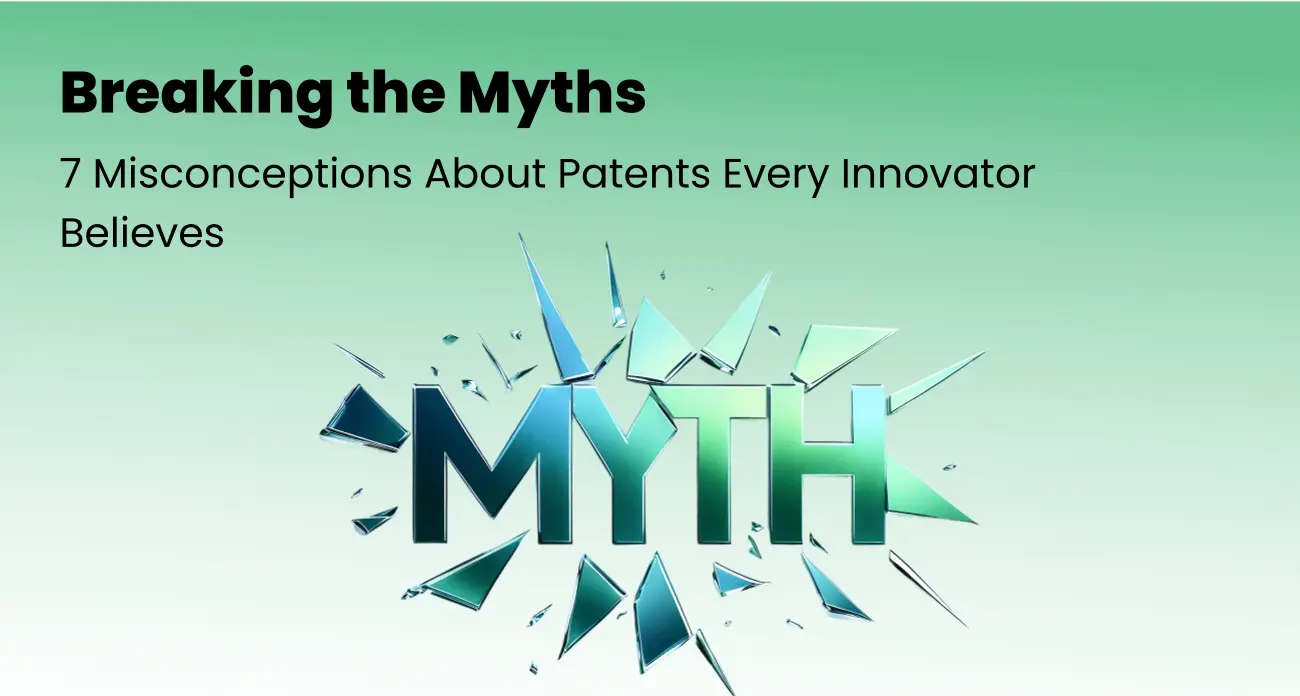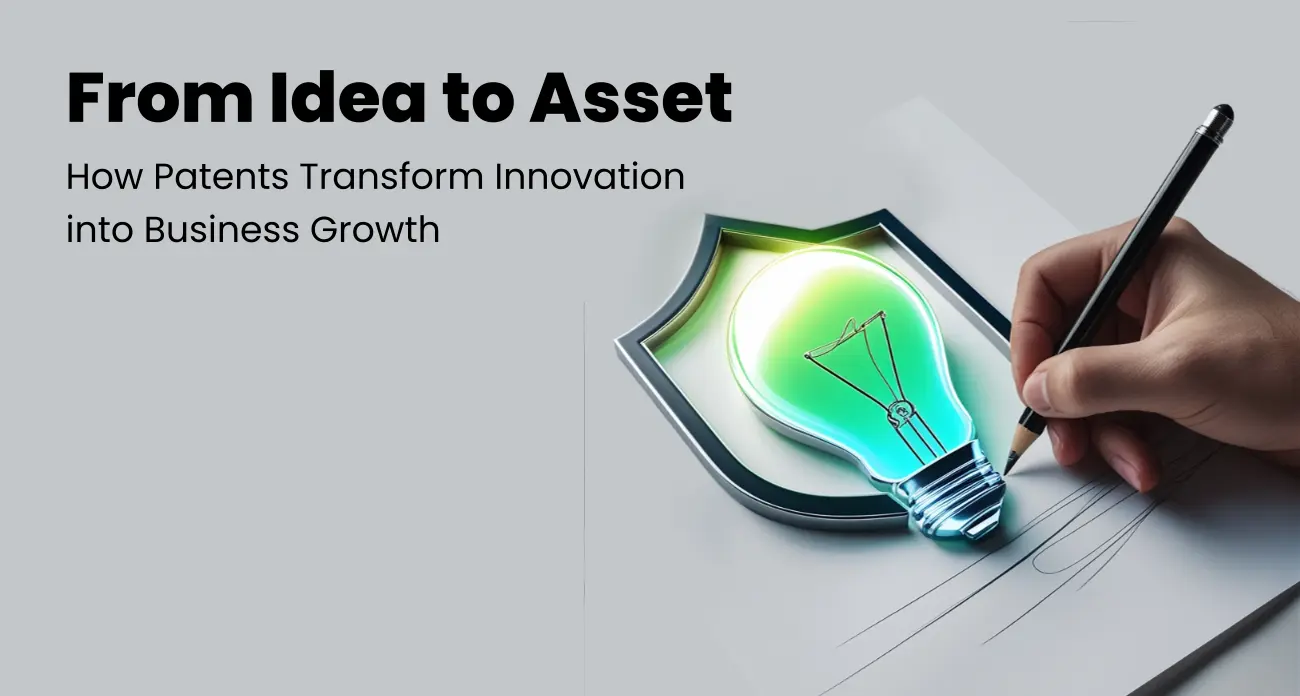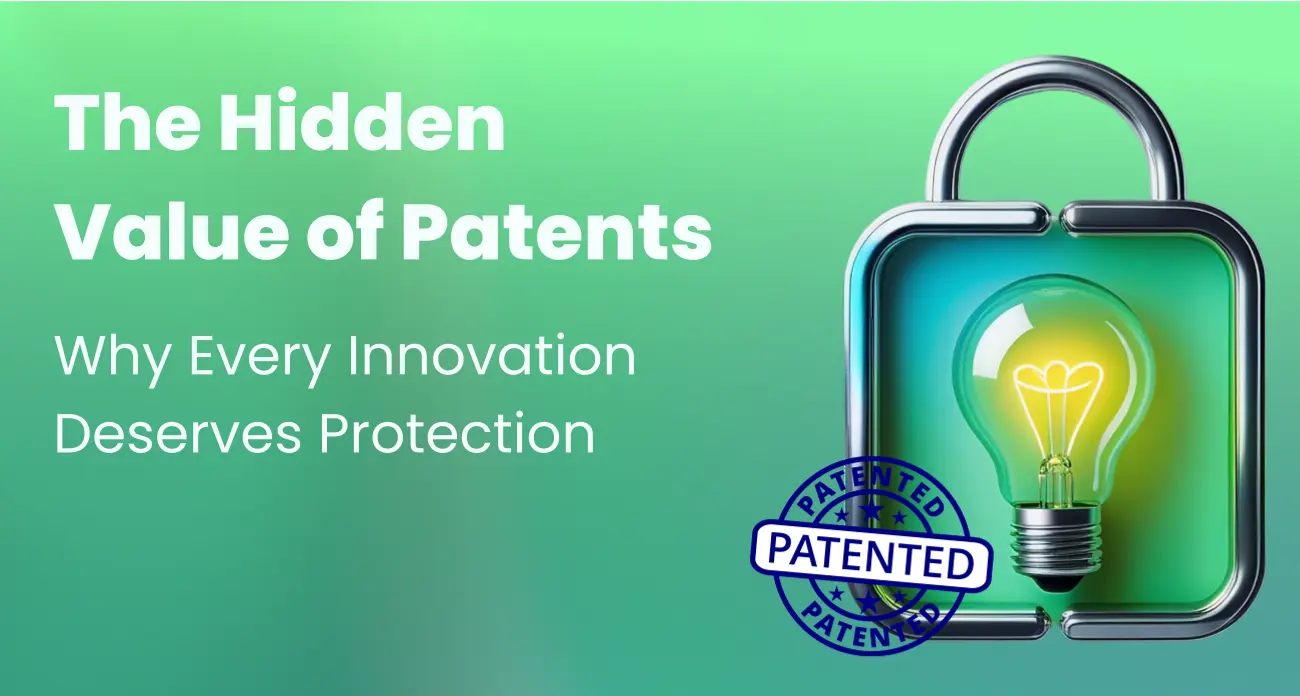
ENOVO on 25 Jul, 2025
From Concept to Protection: Step by Step Industrial Design Registration Process
In today’s competitive and design-driven economy, a product’s aesthetic appeal can be just as important as its functionality. Whether you're an entrepreneur, a product developer, or a startup founder, protecting the visual identity of your product is crucial. That's when securing your design through industrial registration becomes essential.
This post will walk you through a step-by-step guide to registering your industrial design—from initial concept to legal protection. Along the way, we’ll also explore how expert firms like Enovo Consultant can help streamline the process and eliminate common roadblocks.
Why is Industrial Design Protection Important?
1. Prevents Copying: With a registered design, you gain exclusive rights, preventing others from making, using, selling, or importing designs that are visually similar.
2. Commercial Value: A unique design sets your product apart in the market, enhancing brand identity and perceived value.
3. Licensing Opportunities: You can monetize your design through licensing agreements.
4. Legal Enforcement: Registered designs are easier to enforce in infringement cases.
Without protection, competitors may replicate your design freely, leading to market confusion, brand dilution, and loss of revenue.
Industrial Design?
An industrial design captures the distinctive visual elements and ornamental characteristics that shape a product's external look. This includes shape, configuration, pattern, surface ornamentation, and color—elements that appeal to the eye. While it doesn’t protect the technical or functional aspects (those fall under patents), design registration safeguards the visual uniqueness of a product.
For instance, the sleek profile of a smartphone, the aerodynamic lines of a premium vehicle, or the unique shape of a perfume bottle's packaging can all qualify for protection under industrial design registration.
Step by Step ID Registration Process
Develop a Unique and Original Design
Before registration, ensure your design is new and original. It must not have been disclosed publicly (e.g., on a website or in a brochure) before filing the application. A design that’s already in the public domain cannot be registered.
Here are a few pre-checks:
• Does the design differ substantially from existing products?
• Has it been displayed or published anywhere before?
• Does it only include aesthetic features (not functional ones)?
If you’re unsure, this is where Enovo Consultant can step in with expert design audits and novelty searches.
Conduct a Prior Art Search
To avoid rejection, it's wise to perform a prior art search to check whether your design is truly novel.
This includes:
• Searching the Design Register Database.
• Checking international design databases like WIPO and EUIPO.
• Comparing existing products in your industry.
Enovo Consultant provides thorough search reports and can advise whether to proceed, tweak the design, or consider alternative protection.
Prepare the Required Documentation
A design registration application must include:
• Title of the Article (e.g., Chair, Bottle, Lamp)
• Class and Subclass as per the Locarno Classification
• Statement of Novelty
• Representation Sheets: Line drawings or images showing multiple views (front, rear, top, bottom, left, right, and perspective)
• Description of the Design (optional but useful for clarity)
Accurate and compliant documentation is vital. Poor image quality or missing views may result in delays or outright rejection.
File the Design Application
You can file the application:
• Online via the official design registration portal (e.g., in India: IPINDIA)
• Physically at the appropriate Design Office
You must specify whether it’s:
• Ordinary Application (no priority)
• Reciprocity Application (claiming priority from an earlier international filing)
Upon successful filing, you receive an acknowledgment number and date of application, which is crucial for determining priority.
Enovo Consultant handles the entire filing process, ensuring accurate submission, classification, and document compliance, minimizing procedural errors.
Examination by the Design Office
After submission, the application undergoes an initial formal check followed by an in-depth assessment of its design merits.
• Whether the design is new and original.
• Whether it is capable of being registered.
• Compliance with classification, formatting, and representation norms.
Outcomes:
• Acceptance: If everything is in order, the design proceeds to registration and publication.
• Objections: If there are issues, a formal report is issued, and you must respond within the stipulated time.
• Hearing (if required): In case of serious objections, a personal hearing may be arranged.
Here again, Enovo Consultant can prepare effective replies to examination reports and even represent you during hearings.
Registration and Publication
Once accepted, your design is registered and assigned a Registration Number. It is then published in the Design Journal, making it enforceable.
Validity:
• Initial term: 10 years
• Renewable once for an additional 5 years, making total protection of 15 years
From this point, you have exclusive rights to use, manufacture, and license your design across your jurisdiction.
How Enovo Consultant Simplifies the Design Registration Process
Many innovators and businesses fail to capitalize on their design assets simply due to lack of legal clarity or procedural complexity. Here’s how Enovo Consultant helps:
• Novelty Assessment: Avoids rejection by checking design originality.
• Compliant Documentation: Ensures high-quality representation sheets and correct classification.
• Complete Filing Assistance: Handles everything from drafting to submission.
• Objection Handling: Expert response to examination reports and legal support during hearings.
• Renewal Management: Tracks deadlines and ensures timely renewals.
Whether you’re a startup in India or a product designer targeting global markets, Enovo acts as your intellectual property partner—guiding you from concept to protection.
Mistakes to Avoid During Design Registration
1. Public Disclosure Before Filing: Once publicly shared, a design loses its novelty.
2. Inadequate Visual Representation: Missing views or unclear drawings lead to rejection.
3. Incorrect Classification: Filing under the wrong class can render your protection ineffective.
4. Assuming Design Equals Patent: Design protection is only for aesthetics, not for function.
5. Delaying Renewal: Letting the protection lapse after 10 years eliminates your exclusive rights.
Working with a professional service like Enovo Consultant helps mitigate these risks and saves both time and money.
Secure Your Creative Edge
In today’s market, visual appeal is a major competitive differentiator. By securing your product’s look through industrial design registration, you build a moat around your innovation. From ensuring your design is unique to handling complex legal formalities, the journey from concept to protection demands strategic planning and legal foresight.
With Enovo Consultant by your side, this journey becomes smoother, faster, and more effective—allowing you to focus on what you do best: creating, innovating, and growing your business.
FAQs: Industrial Design Registration Process
Q1: How long does it take to register an industrial design?
Typically, 3 to 6 months if there are no objections or hearings.
Q2: Is it possible to file internationally?
Yes, through the Hague System or by filing in each country separately. Enovo Consultant offers international filing support.
Q3: Can I register functional aspects of my product?
No, only the visual and ornamental aspects can be protected under design registration. Functional elements are covered by patents.
Q4: What happens if someone copies my registered design?
You can send a legal notice, initiate infringement proceedings, and claim damages.











